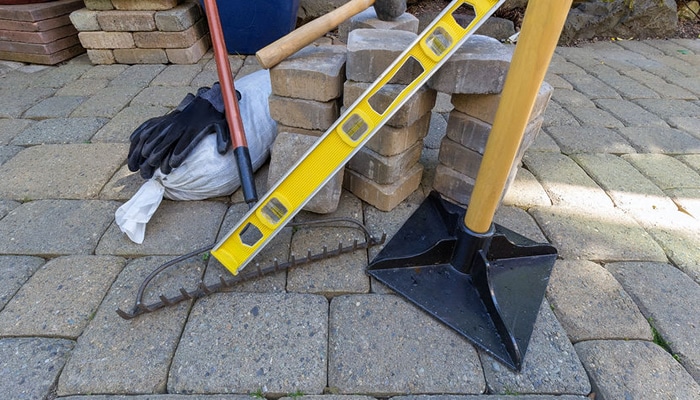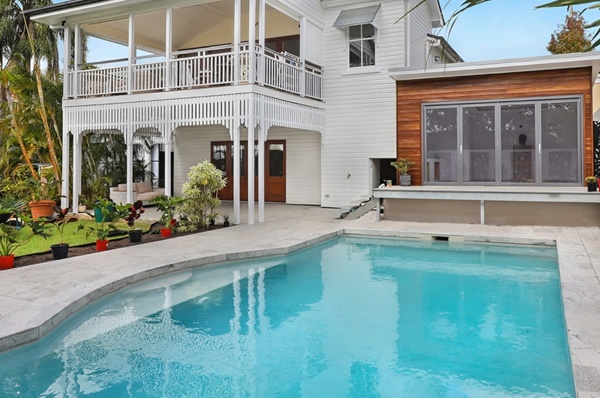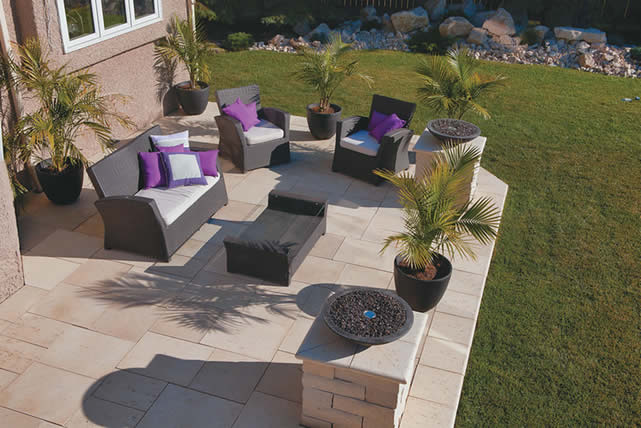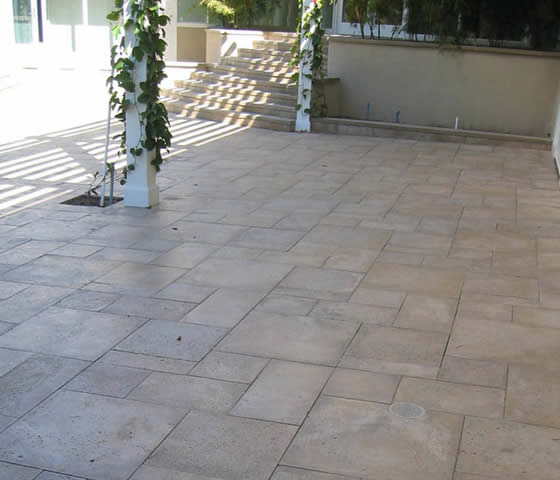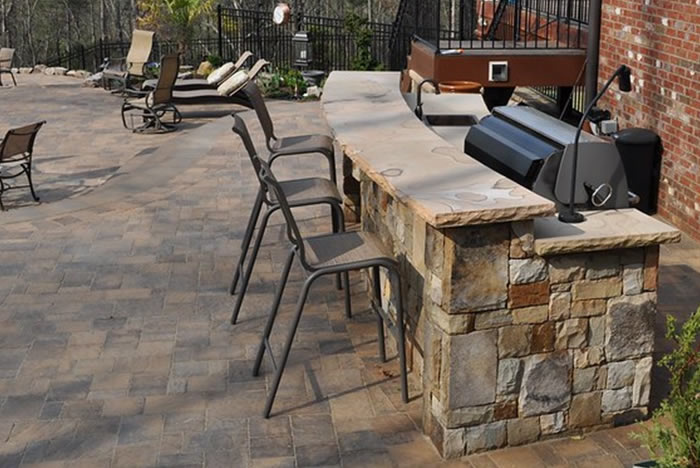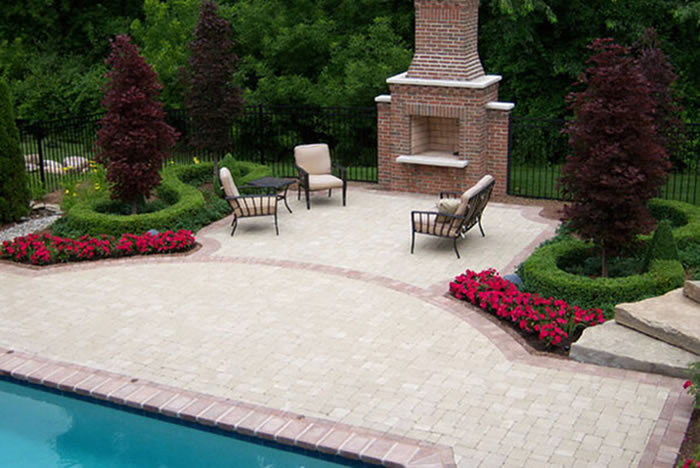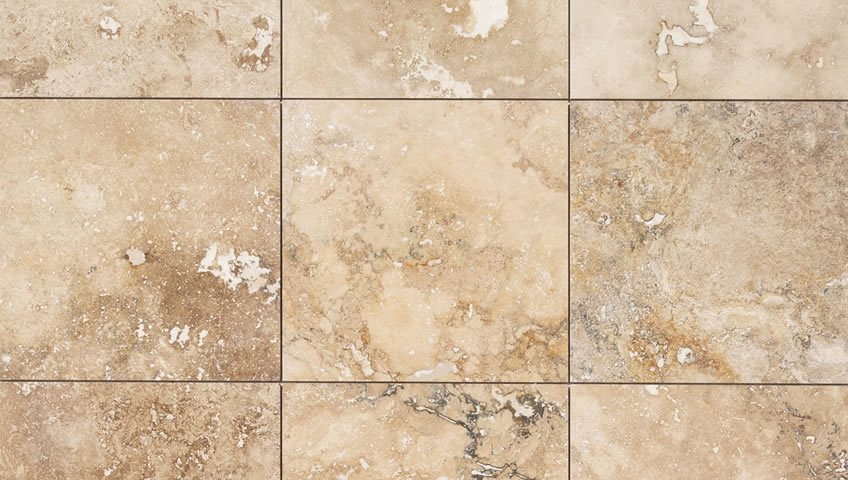If you’re looking to upgrade the look of your pool deck, brick pavers may be an excellent choice. Brick pavers are extremely durable and can provide a beautiful aesthetic for your outdoor space. Here are some reasons why brick pavers might be the perfect material for your pool deck.
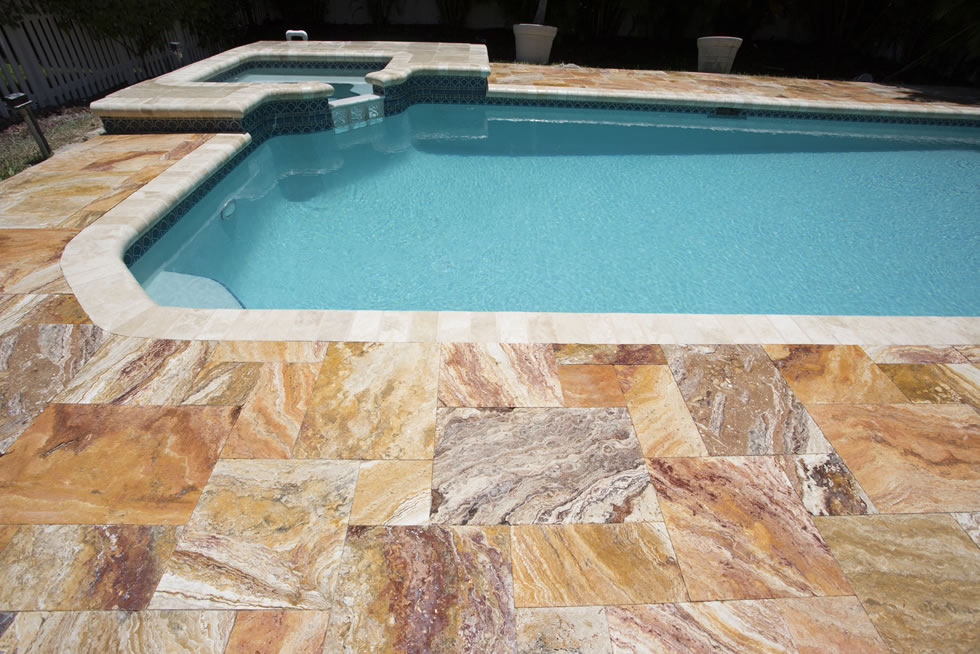
Brick Pavers Are a Good Choice for Pool Decks
Durability: One of the main advantages of using brick pavers is that they are incredibly strong and durable. They can withstand harsh weather conditions, making them ideal for use in outdoor areas like pool decks. Additionally, brick pavers will not crack or chip easily, which makes them a great long-term investment in terms of durability.
Aesthetic Appeal: Another great benefit of using brick pavers is their aesthetic appeal. The colors and textures available with this material make it easy to create a unique look that complements any existing design elements around the pool area. You can also choose from different shapes and sizes to add interest to your design while still maintaining an overall cohesive appearance.
Easy Maintenance: Brick paver materials require very little maintenance over time compared to other types of materials used on pool decks such as concrete or wood decking boards . A simple cleaning with soap and water once or twice per year should suffice to keep them looking good as new! Furthermore, if any bricks become damaged due to wear-and-tear over time, you can easily replace just those individual pieces without having to redo the entire surface area again – saving both money and labor in the process!
Cost Effective: Lastly, installing a new pool deck with brick paving stones is much more cost-effective than other options since it requires minimal maintenance over time which translates into less money spent on upkeep down the line! Plus, because they last longer than many other materials out there today – you’ll get more value out of your initial purchase too!
Overall, adding a layer of beautiful bricks around your swimming hole is surefire way not only improve its looks but also increase its longevity by years at least – all without breaking bank accounts too much either!
In Conclusion
So what do you think? Is it worth giving this option some thought? We certainly think so! Contact West Coast Pavers today for a free consultation and find out all the options.

